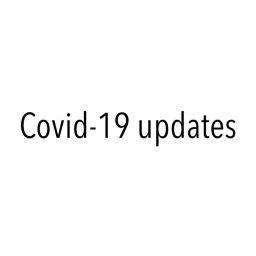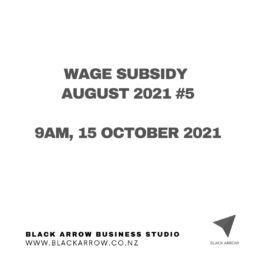
2023 End of Financial Year Payroll Guide: Everything You Need to KnoW
It’s crucial to stay on top of payroll matters during the End of Financial Year (EOFY). Below are the key things you should know.
The EOFY can be a stressful time for New Zealand business owners, as it’s a critical period to manage payroll effectively. To ease your stress and boost your confidence about upcoming changes and obligations, we have compiled a comprehensive guide in the form of an easy-to-read blog.
Our blog encompasses the following topics:
- An overview of changes to legislation
- Processing your final pay run
- Cashing up annual leave
- Reports you might need
- Updating and reviewing your payroll
- EOFY resolution.
Starting April 1st, 2023, the minimum wage will rise by $1.50, reaching $22.70 per hour. The starting-out and training minimum wages will also increase to $18.16 per hour, remaining at 80% of the adult minimum wage.
As a part of your payroll procedure, ensure that employees impacted by these adjustments are informed and prepared.
Here are the actions you need to take:
- Examine your payroll and determine which individuals are currently earning the minimum wage or are close to it.
- Ensure that you adjust any pay rates that are affected by the recent changes.
The ACC earner levy rate per $100 of liable earnings will escalate from $1.46 to $1.53. Additionally, the maximum liable earnings threshold will increase from $136,544 to $139,384 for the 2023/2024 tax year. Self-employed individuals’ minimum liable earnings, on which they must pay Work and Earners’ levies, will also increase to $43,349.
For the 2023/2024 tax year, the repayment threshold for student loans has been raised to $439 per week. Here are the pay period threshold amounts:
- Annual threshold: $21,268 (2022/2023 tax year) to $22,828 (2023/2024 tax year)
- Weekly pay period (Threshold divided by 52): $409 (2022/2023 tax year) to $439 (2023/2024 tax year)
- Fortnightly pay period (Threshold divided by 26): $818 (2022/2023 tax year) to $878 (2023/2024 tax year)
- Four-weekly pay period (Threshold divided by 13): $1,636(2022/2023 tax year) to $1,756 (2023/2024 tax year)
- Monthly pay period (Threshold divided by 12): $1,772.33 (2022/2023 tax year) to $1,902.33 (2023/2024 tax year)
The procedure for your final pay run for the 2022/23 financial year is identical to your standard process. It involves the last pay run with a direct credit date on or before 31st March. You may also utilise this final pay run to verify that your employees’ payslips and payment information are accurate and that it corresponds to the correct reporting period.
The end of the financial year is a frequent period for workers to convert their annual leave to cash.
Here are a few things to keep in mind:
- Employees can cash out a maximum of one week of their four-week entitlement every 12 months of consecutive employment. This can be done in a single request or through several requests until the entire week is cashed out.
- The employee must make a written request to cash out their annual leave, and both parties must agree to it. As an employer, you have the right to refuse the request. Employment New Zealand contains valuable information on converting annual leave to cash.
The presented document displays the employee’s earnings information, which can serve as proof of income for tax purposes at the end of the year. If you have an accountant, it is probable that they will require this report. Hence, it is recommended to discuss the details with them.
This document presents a comprehensive record of both earned and taken leave, along with any relevant modifications. The figure displayed for pre-paid annual leave reflects the calculated week’s value at the time of payment. Typically, this report is used in end-of-year financial reporting, and in case you have an accountant, they might request it from you as well.
This is an ideal opportunity to conduct a thorough clean-up and ensure that your employees’ information is current for the upcoming financial year. To achieve this, you should:
- Verify the pay rates of all your employees
- Ensure that their tax codes are accurate
- Review employee details
- Examine the individuals who have access to make changes on your payroll site
- Determine who has the authority to approve your pay runs
- Confirm the Employer Superannuation Contribution Tax (ESCT) rate for each employee
Navigating complex employment situations can be challenging, which is why we recommend contacting Employment New Zealand at 0800 20 90 20 if you have any uncertainty about your team. For tax-related inquiries, the IRD is also available to assist you.
Are you struggling with accounting and business management for your business? We are here to help! Get in touch with us to discuss how our expert services can support your business’s success. Contact us today to schedule a free consultation and see how we can add value to your operations.














